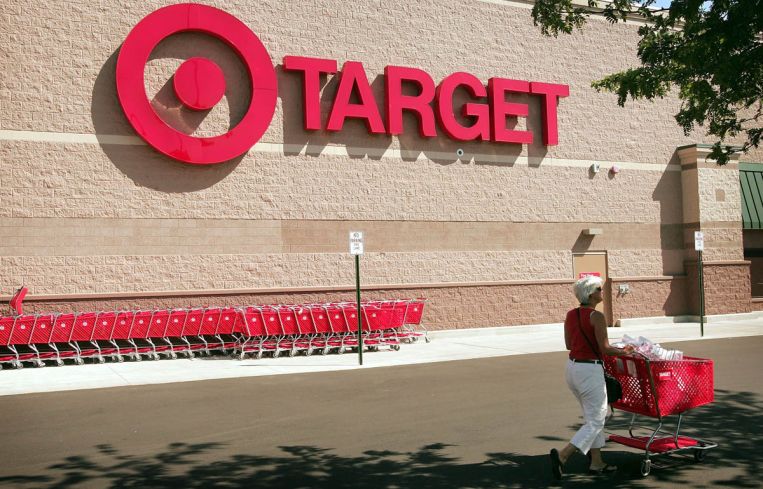Apparel Getting Squeezed in the Middle
By Lauren Elkies Schram December 10, 2018 4:00 pm
reprints
“Apparel is rebounding,” Anjee Solanki, the national director of retail services for the U.S.A. at Colliers International, said at International Council of Shopping Centers’ New York Deal Making conference last week.
Solanki said that athleisure—high-performance sportswear worn daily—can be credited for some of that resurgence. Clad in work-appropriate stretch-knit leggings by Vince Camuto at ICSC, Solanki said that brands that create casual leisurewear (like those that create “leggings by day”), such as Kate Hudson’s online subscription retail shop Fabletics, Athleta and Lulelmon are faring well. Underwear company Spanx, she later noted over email, is selling leggings, adding the pun that leggings are “every wear.”
A fall Colliers report showed that there was a “strengthening of spend on apparel” and as a result, “a significant uplift in the number of retailers being used since last year.” Looking at retail spending, while beauty continued to be the highest-growth sector, “apparel has reversed its position from last year when growth was lackluster. It is now the second-fastest growth retail category,” with second-quarter year-over-year growth of 4.9 percent.
Another contributor to the apparel pickup is the success of casual menswear, Solanki said. Those brands, which are “doing elevated casual” for men, include Reset, Indochino and Bonobos.
A number of other retail pros with whom Commercial Observer spoke at ICSC highlighted that the low-end (the discount stores) and the high-end of apparel are faring well, but the mid-range (the Gaps of the world) is still struggling.
Greg Maloney, the president and CEO of JLL’s Americas retail business, said the middle-market “is old, tired [and] it’s not changing.”
CBRE’s Andrew Goldberg, a vice chairman in retail services, concurred.
“We’re not seeing that growth in the middle,” he said. “The middle is the most commoditized of that market. That’s where the internet comes into play.”
Goldberg said in New York that discounters and luxury are “coming back” with “apparel reporting better returns.” Target, T.J. Maxx and Suitsupply are going strong, he noted. On the luxury side, he said that apparel is doing well with a boost from the interest in menswear. Dior, he noted, is rumored to be doing a new concept with a men’s store, and Valentino, Tom Ford and Brioni are making a big push into menswear, as will Balenciaga at 620 Madison Avenue.
The pickup in activity is a boon for U.S. retailers, which have been experiencing an eco-system disruption.
In top-tier malls nationally, apparel companies are having an easier time of setting up shop as the market is allowing for more lease-term negotiations, according to Michael O’Neill, an executive managing director of retail services at Cushman & Wakefield. He is seeing straight short-term deals and those that are longer, like 10 years, with termination rights after three, four or five years.
His client Vince, for instance, “has made shorter-term commitments across the country because the opportunity has existed to do so.”
That means the company is doing two- or three-year deals, he said, in prime markets across the country. That compares to the traditional 10-year deals the company was doing prior.
CO reported on this trend occurring in New York City in August 2017. Nicole LaRusso, the director of research and analysis for CBRE tri-state, told CO in August 2017: “Short-term leases are becoming an increasingly important factor in helping to absorb available space.”


